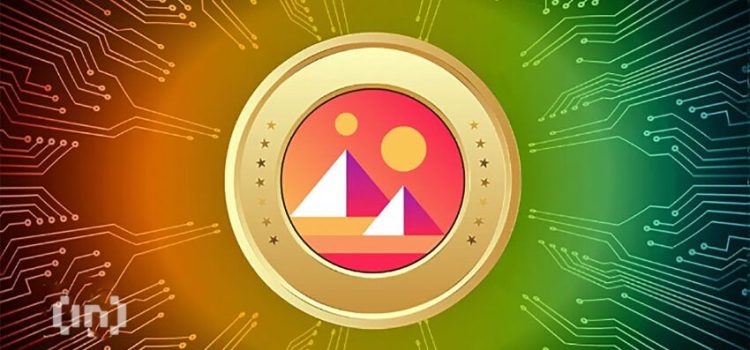
Introduction: Unveiling Decentraland (MANA) and the Metaverse
In the rapidly evolving landscape of digital innovation, Decentraland (MANA) has emerged as a prominent player, ushering in a new era of virtual reality experiences. As the world awakens to the concept of the metaverse, many wonder: What exactly is Decentraland, and how does it relate to the evolving realm of digital interconnectedness?
1. Understanding Decentraland: A Revolution in Virtual Reality
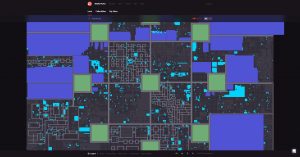
At its core, Decentraland is a virtual reality platform that operates on the Ethereum blockchain. Unlike conventional online spaces, where users relinquish control over their digital assets, Decentraland empowers users to create, interact with, and even monetize their content and applications. It is, essentially, a decentralized internet—a space where true digital ownership becomes a reality.
2. The Mechanics of Decentraland: A Deeper Dive
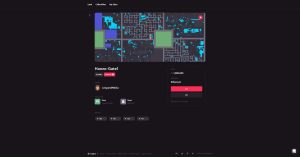
Delving into Decentraland’s mechanics reveals a novel approach to virtual reality. By employing blockchain technology, users gain unprecedented control over their digital assets. From virtual stores to social media platforms, the possibilities are limitless. Decentraland’s blockchain-based foundation ensures secure content ownership and uncensored interactions, thanks to its peer-to-peer network and robust cryptography.
3. Benefits of Decentralizing Virtual Reality
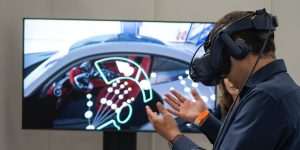
The decentralization of virtual reality promises a multitude of advantages, including:
- Freedom: Decentraland grants users the freedom to own, trade, and even sell their digital assets, fostering a dynamic and user-centric virtual environment.
- Ownership: Through blockchain, Decentraland enables true asset ownership, mitigating concerns of centralized control and unaffordable pricing.
- Privacy: Decentraland’s private virtual reality realm guarantees users complete autonomy over their experiences, in stark contrast to traditional metaverse systems.
4. Decentraland vs. The Metaverse: Unraveling the Distinctions
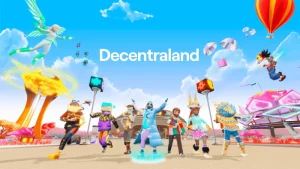
While Decentraland contributes to the larger conversation around the metaverse, distinctions between the two concepts are evident. While the metaverse remains a concept, Decentraland stands as an operational iteration. Moreover, the metaverse leans toward centralization, while Decentraland embraces decentralization through its blockchain foundation.
Conclusion: Embracing the Future: The Unique Potential of Decentraland
In conclusion, Decentraland is not just another virtual reality platform; it symbolizes the dawn of a new era where digital ownership, innovation, and interactivity converge. With developers and creators embracing the possibilities offered by Decentraland, the platform’s evolution is poised to accelerate. For those interested in entering this realm, now is an opportune moment to explore the possibilities that Decentraland (MANA) offers.








